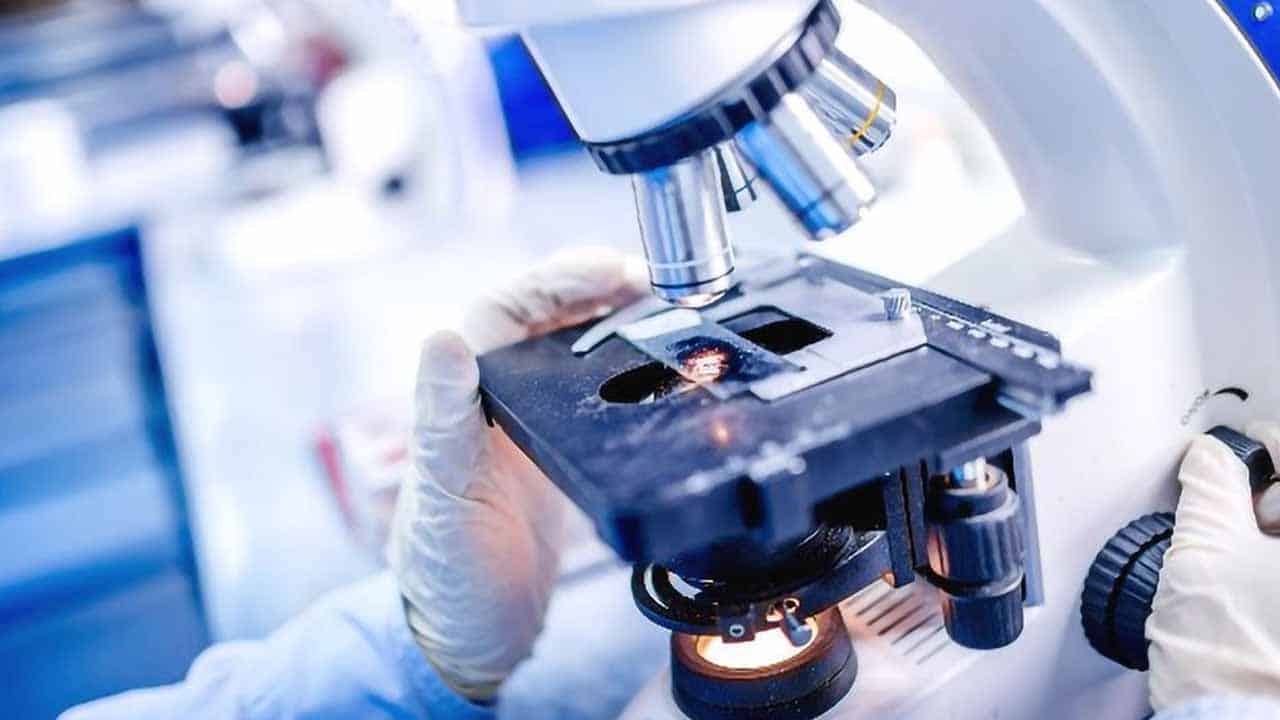Through an environmentally benign process, a group of Pakistani scientists created luminous nanoparticles from used tea. In a number of medical applications, these nanoparticles might function as sensors.
This discovery was made by Aumber Abbas, a PhD student at Newcastle University in the UK, along with researchers from Oxford University in the UK. They did this by turning tea waste into Graphene Quantum Dots (GQDs), which they used to create a highly selective sensor to find iron in drinking water and Parkinson’s patients.
Graphene, an allotrope of carbon discovered in 2004, is used to make tiny particles. Graphene is formed up of a sheet of carbon atoms that may be collected from a piece of graphite using scotch tape. The Nobel Prize was given for the discovery of this magical substance. Till then, graphene is an ideal material for new explorations in material science, medicine and other fields.
Engineers and scientists from all around the world are still working hard to optimize graphene for desired outcomes. For instance, in March 2018, Pablo Jarillo-Herrero at the Massachusetts Institute of Technology (MIT) discovered that the material exhibits super conductivity when two sheets of one-atom-thick graphene are stacked on top of one another with a tiny twist. Similarly to this, the team made some further adjustments in an effort to find fluorescence in GQDs.
The team intended to illuminate the particles, but there is no energy or bandgap in graphene. However, Abbas and associates were successful in attempting a different approach to this issue.
“One of the challenges with graphene is zero bandgaps that limits its optical emission and applications in the fluorescence field. To this end, I solved this challenge by cutting graphene sheets into small pieces and hence introducing bandgap in it. As a result, small pieces of graphene started fluorescing,” Aumber Abbas told, adding that our main aim was to develop low-cost advanced material, therefore we started from a waste ‘used black tea’.












